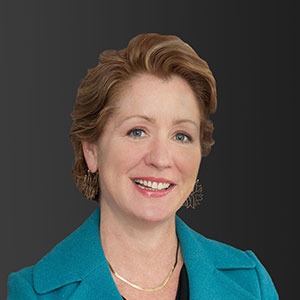The Risk of Irrelevance: Customer Relationship Growth in the Digital Age
The traditional community and regional financial institution business model is under attack – especially for the hearts, minds, and wallets of consumers. On one side sits large national banks with dominant technology, convenience, and brand awareness. On the other, financial technology solutions continue to proliferate so fast that it’s nearly impossible for management to ponder the relevance and potential impact of each.
The Problem: Low Rates of Growth in New Customers and Falling Profitability
Many banks and credit unions remain trapped in product and transactional thinking and haven’t made the transition to a focus on customer relationships – and building unique value that motivates prospects to choose you, refer you, and do more business with you. A customer relationship model is more scalable and efficient than a silo-based product model – and helps the company build positive operating leverage. Acquisition cost is reduced, more sales are made to the same customer, attrition is reduced, and sales are made across lines of business.
The Goal: Increase New Customer Acquisition Rates and Maximize Lifetime Customer Profitability
As branch traffic falls and sticky digital services simultaneously reduce customer switching, the need for action is acute. Shifting to a customer relationship focus will drive near term results including:
- Acquisition costs fall. The next sale is much less expensive to close as you are able to break through competitive promotional clutter, create customized offers, and reach prospects via the channels they prefer;
- Perceived value increases. Customers respond positively to more relevant, timely, and customized offers;
- Retention rates rise. New checking account retention rates increase dramatically when a deposit customer makes direct deposits and has active debit and bill payment behavior (from 50% to over 90%);
- Profitability increases significantly. Profitability soars when a checking account customer subsequently borrows more than $10,000 (one bank client estimated this, on average, to increase average annual profitability of the customer relationship from $500/year to over $1400/year at a minimum); and
- Pricing can be better optimized. Pricing can be used more effectively as a competitive weapon as the goal becomes customer lifetime profitability, not current individual account profitability.
How does an institution shift (back) to a focus on customer relationships and lifetime customer value and away from a product focus with the speed and agility necessary to stake its claim in this new competitive landscape? Focus on the specific areas of opportunity that can yield the best result for an individual institution. Brand position, value propositions, onboarding programs, data analytics, banker skills, and the client experience can all come into play; the right focal points will differ by institution.
The Solution: CPG’s Customer Growth Sprint
Rather than a “boil the ocean” approach, CPG begins with a rapid assessment which allows for immediate focus on areas which will provide the most value the fastest.
Step One: Key Metric Performance
Step Two: Performance Improvement Sprint
Step Three: Adopt the Customer Management Framework

For more information, please contact
Mary Beth Sullivan (202-337-7872) or Mark Gibson (508-322-8146).















